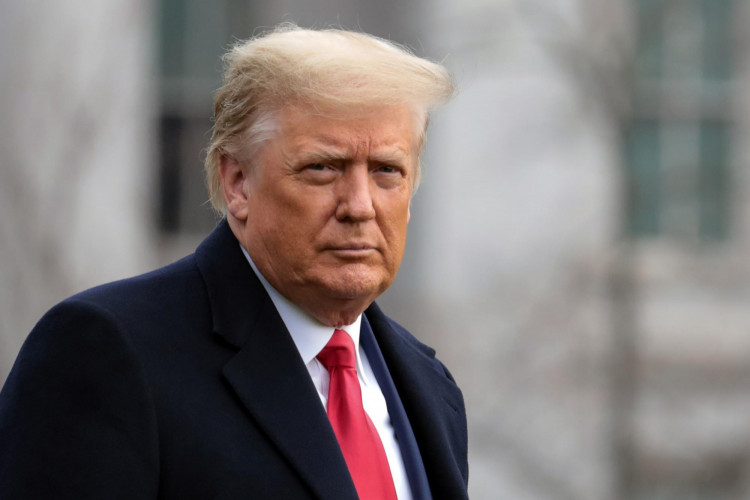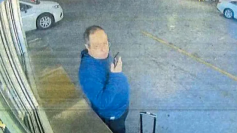In the wake of the recent attempted assassination of former President Donald Trump, new video footage has emerged that sheds light on the movements of Thomas Matthew Crooks, the 20-year-old gunman, before the incident. The video, obtained exclusively by Pittsburgh's Action News 4, shows Crooks lingering near the rally site in Butler, Pennsylvania, an hour before he opened fire.
Captured by a rally attendee who wished to remain anonymous, the footage was originally intended to document the size of the crowd. The man, attending with his teenage son, inadvertently filmed Crooks lurking near a building just beyond the event's secured perimeter. The man was struck by the significance of his footage upon reviewing it later. "When I saw the video last night, I was chilled to the point where I couldn't fall asleep right away," he said.
The video highlights a critical timeline leading up to the shooting. According to law enforcement sources, Crooks was initially spotted at the rally and identified as suspicious. Officers were actively searching for him when he managed to access the roof of a nearby building by climbing over an air conditioning unit.
Secret Service Under Scrutiny After Trump Assassination Attempt
The attempted assassination of former President Donald Trump has sparked a wave of criticism and scrutiny towards the U.S. Secret Service. Lawmakers and watchdogs are questioning how a gunman could have gained rooftop access and fired shots at the former president from just 400 feet away.
Secret Service Director Kimberly Cheatle acknowledged the agency's failure in an interview with ABC News, calling the incident "unacceptable." She has since faced calls for her resignation but has expressed no intention of stepping down. The incident has raised concerns about the agency's ability to secure high-profile events effectively.
The Secret Service has a history of high-profile failures. In 2014, an intruder with a knife managed to jump the White House fence and enter the front door. In 2011, it took days for the agency to realize that a gunman had fired multiple shots at the White House. These incidents, along with others involving agent misconduct, have damaged the agency's reputation and highlighted systemic issues.
Calls for Reform and Transparency in the Secret Service
The Secret Service's lack of transparency and reluctance to admit mistakes have been longstanding issues. Following the 2011 White House shooting, the agency failed to conduct a thorough review or learn from its errors. "There was no, 'Hey, let's get everyone together and let's review what happened,'" said Jonathan Wackrow, a former Secret Service agent.
The recent assassination attempt has prompted renewed calls for reform and increased oversight. Congress has announced a hearing with Secret Service Director Cheatle and President Joe Biden has ordered an independent review of the incident. However, some experts argue that these measures are insufficient.
"Time and time again, the Secret Service has chosen to cover up a problem rather than fix it," said Carol D. Leonnig, author of "Zero Fail: The Rise and Fall of the Secret Service." Leonnig and other critics advocate for a comprehensive investigation into the agency's operations and a public report on its findings.
The Secret Service's Evolving Role and Challenges
The Secret Service, established in 1865, initially focused on combating fraud and counterfeit currency. It wasn't until 1894 that it began providing informal protection to presidents. Following the assassination of President William McKinley, presidential protection became one of its official duties.
Today, the Secret Service protects an expanding number of high-profile individuals, including presidents, vice presidents, and their families. Under the Trump administration, the agency also protected his adult children, significantly increasing its workload. This expanded scope has strained the agency's resources and highlighted staffing issues.
A 2021 report by the National Academy of Public Administration (NAPA) identified chronic understaffing as a significant problem. "The place ran better if they had enough people, but they were chronically understaffed," said John Koskinen, former IRS commissioner and contributor to the NAPA report. Increased staffing could improve employee satisfaction and reduce burnout, but it requires substantial investment and commitment.






